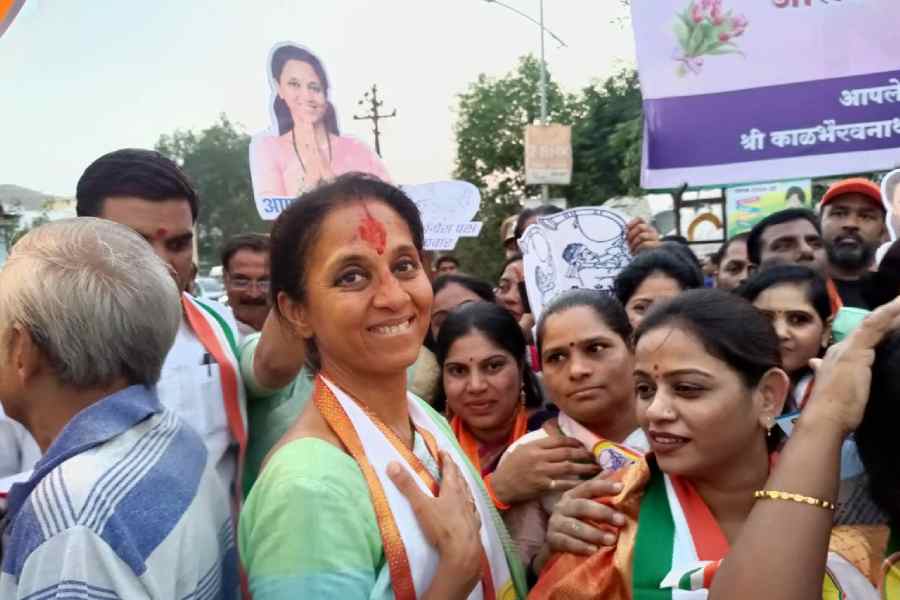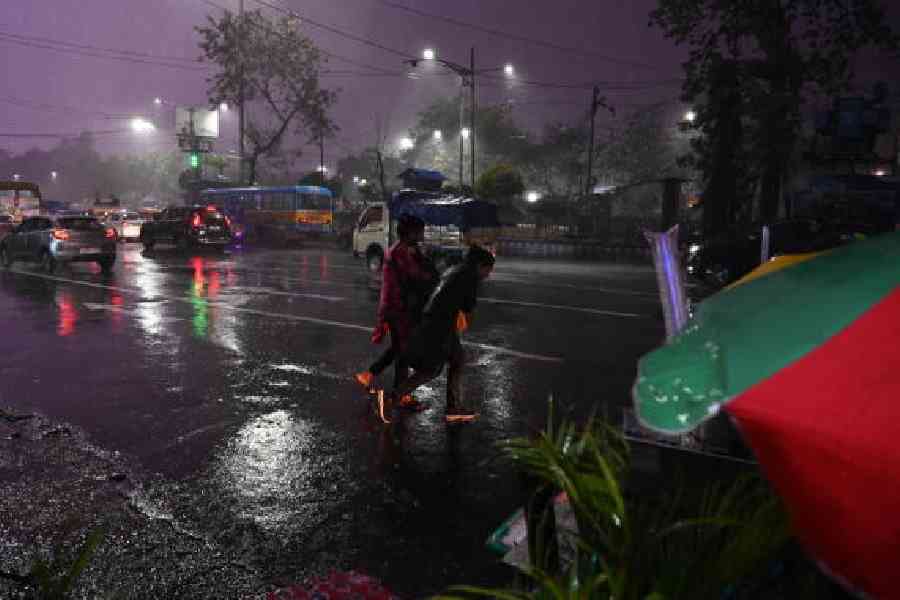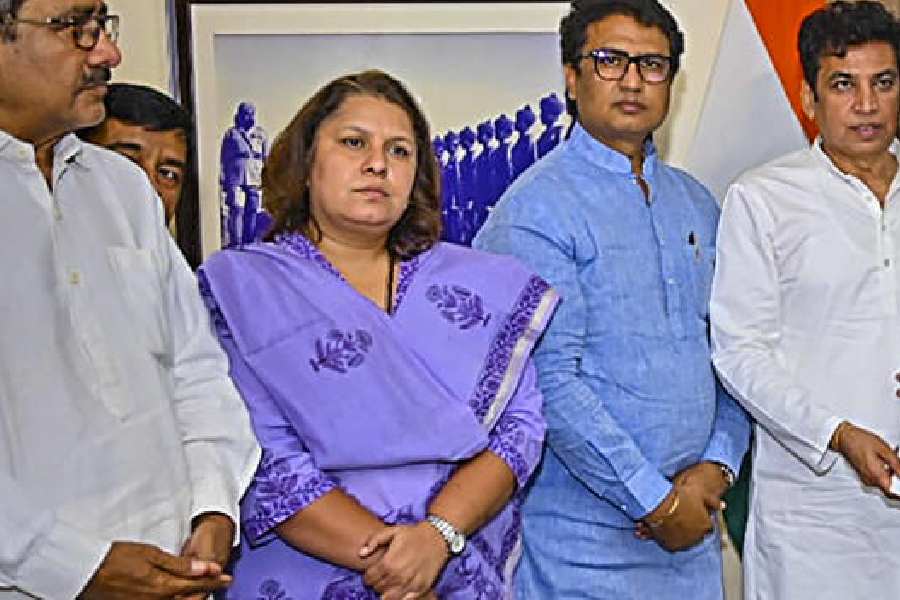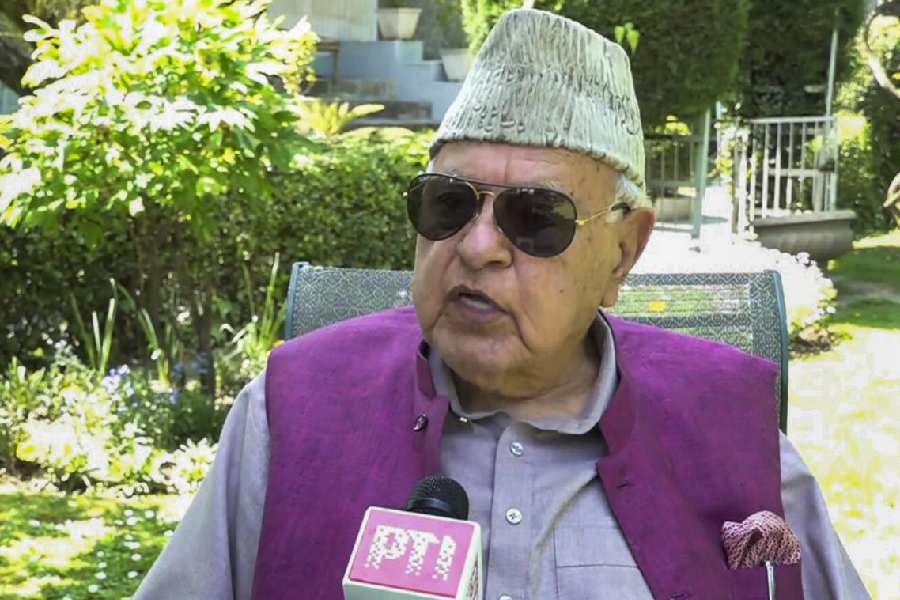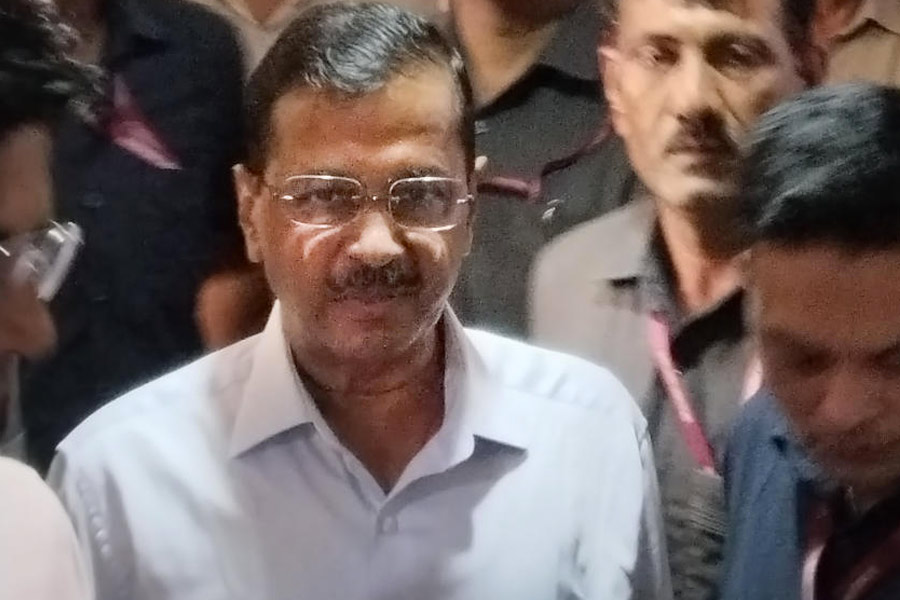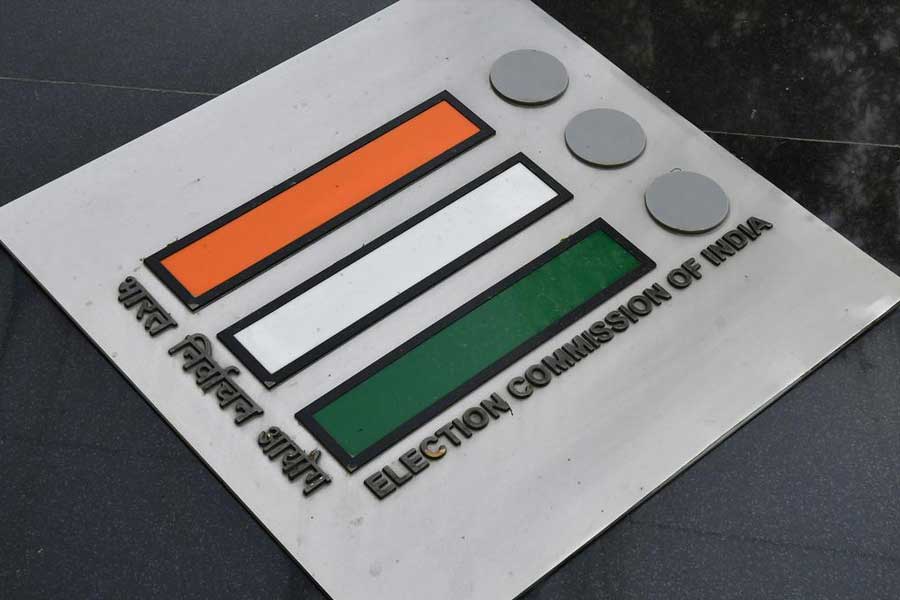The popular preoccupation with history is invariably fleeting. While it is undeniably true that there are significant numbers — in absolute terms — who nurture very definite views of the country’s past, especially after reaching a particular age, the prevailing wisdom is that while the past is undeniably important in shaping the present, it should not become an obsession. The West may be reeling under the present preoccupation with the shameful history of slavery and colonialism but in India, the modernists are forever advising us to focus on bread, butter and livelihood issues and leave the past to professional historians whose books, in most cases, are unreadable.
We heard this sombre advice repeated throughout the Ayodhya years when the politics of the Hindi heartland at least was shaped by perceptions centred on whether or not a Mughal satrap demolished a Ram temple in the 16th century and constructed a mosque in its place. We heard concerns over the perceptions of the Praetorian Guards of aesthetics that the charms of Lutyens’ Delhi were being assaulted by Narendra Modi’s Central Vista project. Finally, in the past month, there was a spirited but largely contrived controversy over the appearance of the sengol, with roots in Tamil history, at the opening of the new Parliament building in Delhi. At that time, the country was advised to stick to how Jawaharlal Nehru did things and forget the different routes India may have taken had the mantle of governing in the early years of post-Independence been conferred on the likes of Sardar Vallabhbhai Patel or Dr Rajendra Prasad, individuals who were temperamentally more rooted to Hindu customs.
Both the invocation of history and its stubborn denial do not, however, stem from political ideologies. The stands taken by political parties and leaders are invariably a function of circumstances. Take the case of the West Bengal chief minister, Mamata Banerjee, an astute politician whose temperamental ways and legendary gaffes should not distract from her hard-headed, calculating politics. In many ways, Banerjee often projects herself and her party as the epitome of enlightened Bengali values — a blend of modernity, inclusivity and respect for traditions. In particular, she has been at the forefront of championing a regional identity which, quite expediently, she has juxtaposed against the supposedly cow-belt culture of her principal adversary, the Bharatiya Janata Party. Being a regional party — despite bogus pretensions of being all-India in its reach — it can afford to carry on its business almost exclusively in Bengali, a luxury denied to an all-India outfit such as the BJP whose national leadership are essentially Hindi-speaking. Many Trinamul Congress leaders also seem habitually accustomed to mocking the BJP leadership for its Hindi. Recently, when the Union home minister, Amit Shah, came to Calcutta to address a gathering on the occasion of the birth anniversary of Rabindranath Tagore, there were posters in Calcutta proclaiming that the BJP wants Bengal but not Bengalis.
True, Banerjee often lapses into Hindi to appeal to a significant body of Hindi-speaking residents in West Bengal, but the less said about her command over and proficiency in that language the better. What drives the TMC is a residual Bengali notion of cultural refinement and superiority, particularly vis-à-vis the Hindi belt. This is a strong sentiment, especially among a section of the Bengali middle classes, and was undeniably a factor in the BJP painting itself into a corner — culturally speaking — in the assembly polls of 2021.
Coexisting uneasily with this cultural exclusivism is a parallel unease with Bengal’s recent history. This came to the fore in the controversy over the commemoration of West Bengal Day on June 20, the day in 1947 all the Hindu legislators of the Bengal Legislative Council (of undivided Bengal) met separately to press for the division of the province. Confronted with the choice of undivided Bengal becoming East Pakistan, Bengali Hindus voted en bloc to create a Hindu-majority West Bengal. The lead in this matter was taken by Shyama Prasad Mookerjee who, subsequently, formed the Bharatiya Jana Sangh, the earlier incarnation of the BJP. However, the initiative was enthusiastically endorsed by the provincial Congress Party and also secured the active support of Bengali notables such as Sir Jadunath Sarkar, Meghnad Saha and Suniti Kumar Chatterji. Even the two communist party legislators — Jyoti Basu and Ratanlal Brahman from Darjeeling — supported the creation of West Bengal.
Till the first decade of the present century, West Bengal Day was commemorated by a fringe in the larger BJP ecosystem. However, with the BJP’s expansion, the importance of the day has grown and, this year, witnessed the chief minister taking on the governor for observing the occasion in the Raj Bhavan.
It is one thing for the chief minister to ignore the occasion and treat it like the BJP’s version of the anniversary of the Bolshevik Revolution. However, in choosing to actively oppose it on the ground that it could reopen old wounds, the issue has been prised into the open.
The schism centres on the rationale of Partition. Pakistan was created as a homeland for Indian Muslims, their new Medina, as a historian has recently chosen to describe it. It was not based on Bengali subnationalism, as was the creation of Bangladesh in 1971, but on Muslim domination. The Bengali Hindus, predictably, rejected the very idea. However, in endorsing the partition of Bengal and, with it, the dispossession of a million Hindus from the east, it implicitly gave West Bengal the status of a natural home for all Bengali Hindus. Whether that implied the parallel rejection of all Bengali Muslims is a matter of needless conjecture.
Why is this history relevant today? It assumes significance in the light of two issues. First, there was a significant illegal migration of Bangladeshi Muslims into the border districts of West Bengal till about 2011-12, followed by the stream of Rohingya Muslims from Myanmar. Both the Left Front and the TMC governments have turned a blind eye to this influx that triggered fears of Hindus becoming a minority in West Bengal in another 50 years. Second, the TMC and the Left opposition to the new citizenship law conferring automatic Indian nationality on all those Hindus who entered India until 2014 is being perceived as an attempt to resist the correction of the growing demographic imbalance which, in effect, can help the BJP politically.
This is how culture and history become political battlefields.


